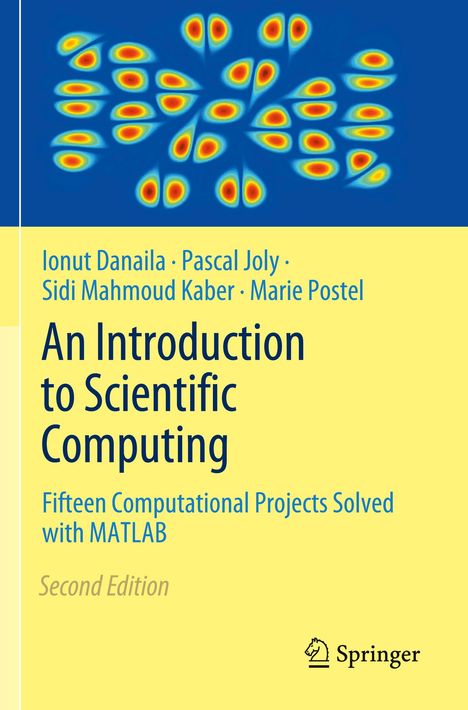Ionut Danaila: An Introduction to Scientific Computing, Kartoniert / Broschiert
An Introduction to Scientific Computing
- Fifteen Computational Projects Solved with MATLAB
(soweit verfügbar beim Lieferanten)
- Verlag:
- Springer, 11/2024
- Einband:
- Kartoniert / Broschiert, Paperback
- Sprache:
- Englisch
- ISBN-13:
- 9783031350344
- Artikelnummer:
- 12090681
- Umfang:
- 392 Seiten
- Nummer der Auflage:
- 24002
- Ausgabe:
- Second Edition 2023
- Gewicht:
- 664 g
- Maße:
- 235 x 155 mm
- Stärke:
- 20 mm
- Erscheinungstermin:
- 8.11.2024
- Hinweis
-
Achtung: Artikel ist nicht in deutscher Sprache!
Weitere Ausgaben von An Introduction to Scientific Computing |
Preis |
|---|
Klappentext
This book demonstrates scientific computing by presenting twelve computational projects spanning a broad spectrum of disciplines including Fluid Mechanics, Chemistry, Elasticity, Thermal Science, Computer Aided Design, Signal and Image Processing and more. Each project guides the reader through typical steps of scientific computing, from physical and mathematical description of the problem, to numerical formulation and programming and finally to critical discussion of results. The text teaches practical computational methods which are not usually available in basic textbooks: numerical checking of accuracy or stability, choice of boundary conditions, effective solving of linear systems, comparison to exact solutions and more. Programming techniques such as vectorial programming and memory storage optimization are addressed, and chapter-ending references form a guide for further reading. The final section of each project contains the solutions to proposed exercises and guides the reader in using the MATLAB scripts available online.


